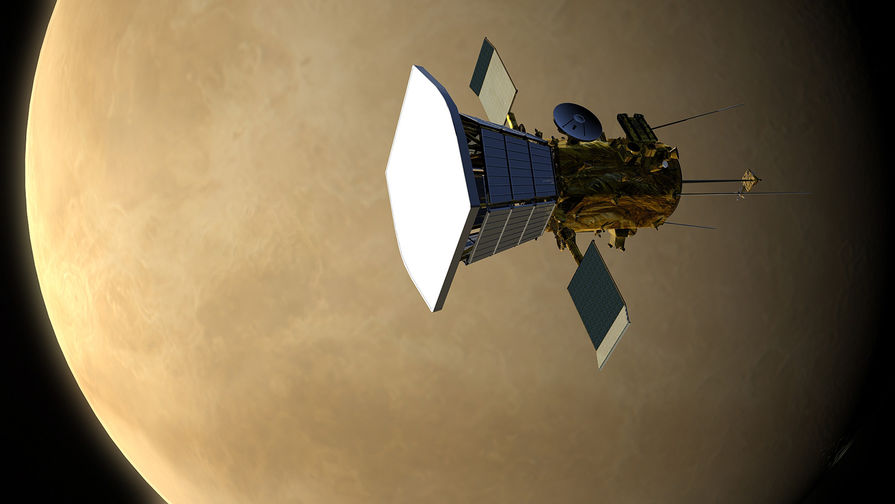Roscosmos and NASA have chosen the start date of "Venus D"

NASA and Roscosmos, having discussed all the nuances of the Venus-D mission, chose the start date of the research apparatus, according to Izvestia. Its launch will be carried out with the help of the Angara-5 heavy launch vehicle with the Briz-M or hydrogen KVTK accelerating unit from Vostochny space center in 2026. The optimal launch date is June 9, but the window will be open from May 30 to June 20. If something does not go according to plan, then the launch will be made in 2027 or 2029.
The device itself is an automatic interplanetary station for the study of Venus. This device with additional modules, according to the plan, will study the neighbor of the Earth, sending the data to our planet. The principle of the "Venus-D" is similar to the principle of the American apparatus "Magellan" . The project is carried out jointly with the agency NASA, which is engaged in the financing of paper work on the project.
In addition, it is possible that NASA will develop and provide a VAMP controlled atmospheric platform or several small probes that will be manufactured based on high-temperature electronics, so that they can work several thousand hours on the surface of Venus.
If the option with modules is chosen, they will be dropped into various regions of the planet, where they will monitor the atmosphere parameters. In addition to the modules, scientists are discussing the possibility of including drifting balloons or a small subsatellite in the mission. Balloons can be two. One will be launched at an altitude of 55-60 km from the surface of the planet, and the second - under the clouds, at an altitude of 45-50 km. The estimated life of the balloon is more than eight days. The descent vehicle must operate for at least several days. In general, in this mission it is planned to study the composition of the atmosphere, the structure of the surface of Venus, and also to find out why there is practically no water here.
It is clear that all the equipment that will be used during the mission must withstand extreme conditions. These are high temperatures (about 460 degrees Celsius) and pressure over 90 atmospheres. Moreover, some mission modules will be in such conditions for about a month.
So far, Russian scientists have been discussing all the nuances of the project with their American counterparts from NASA and the European counterparts from ESA, so that changes are possible in the previously planned project implementation plan.
All Articles